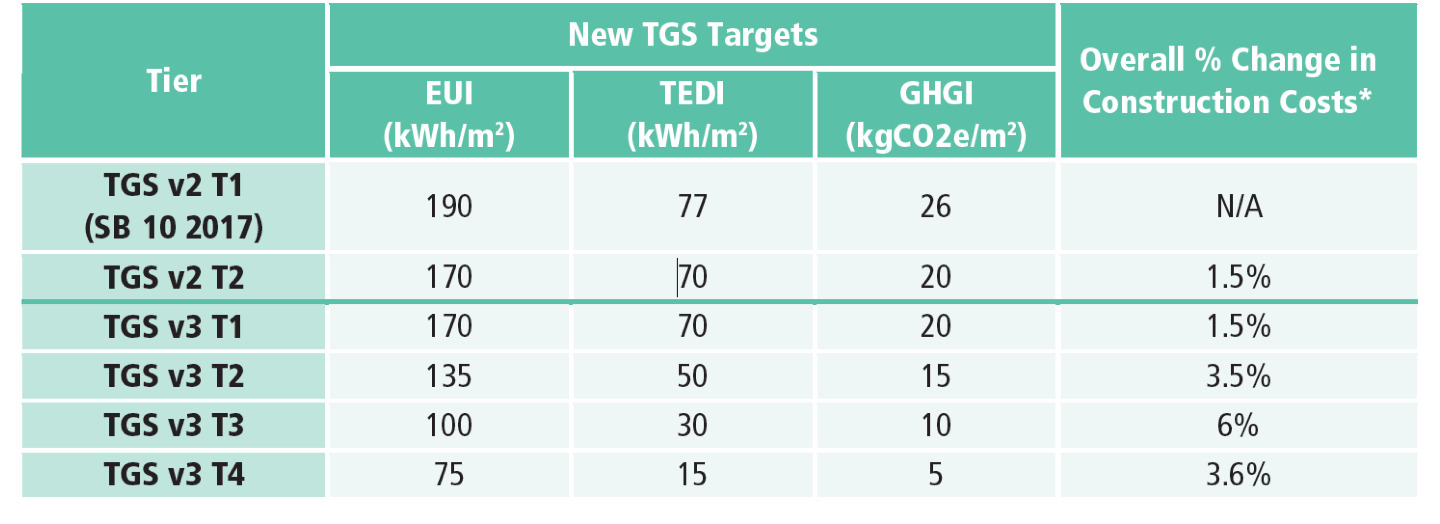ARRANGE A FREE NO OBLIGATION VALUATION
Our expert valuers have extensive knowledge of property values in your area and are here to help.
Our expert valuers have extensive knowledge of property values in your area and are here to help.
Co-developed by physicists Dr. Wolfgang Feist and Dr. Bo Adamson in the late eighties, Passivhaus is a certified standard used to design and build homes and buildings that are drastically more energy efficient than a conventional buildings. In fact, a building designed to the Passivhaus standard will use up to 90% less energy than one built to conventional code. The beauty and effectiveness in Passivhaus is in its simplicity. Here’s how Passive House works.
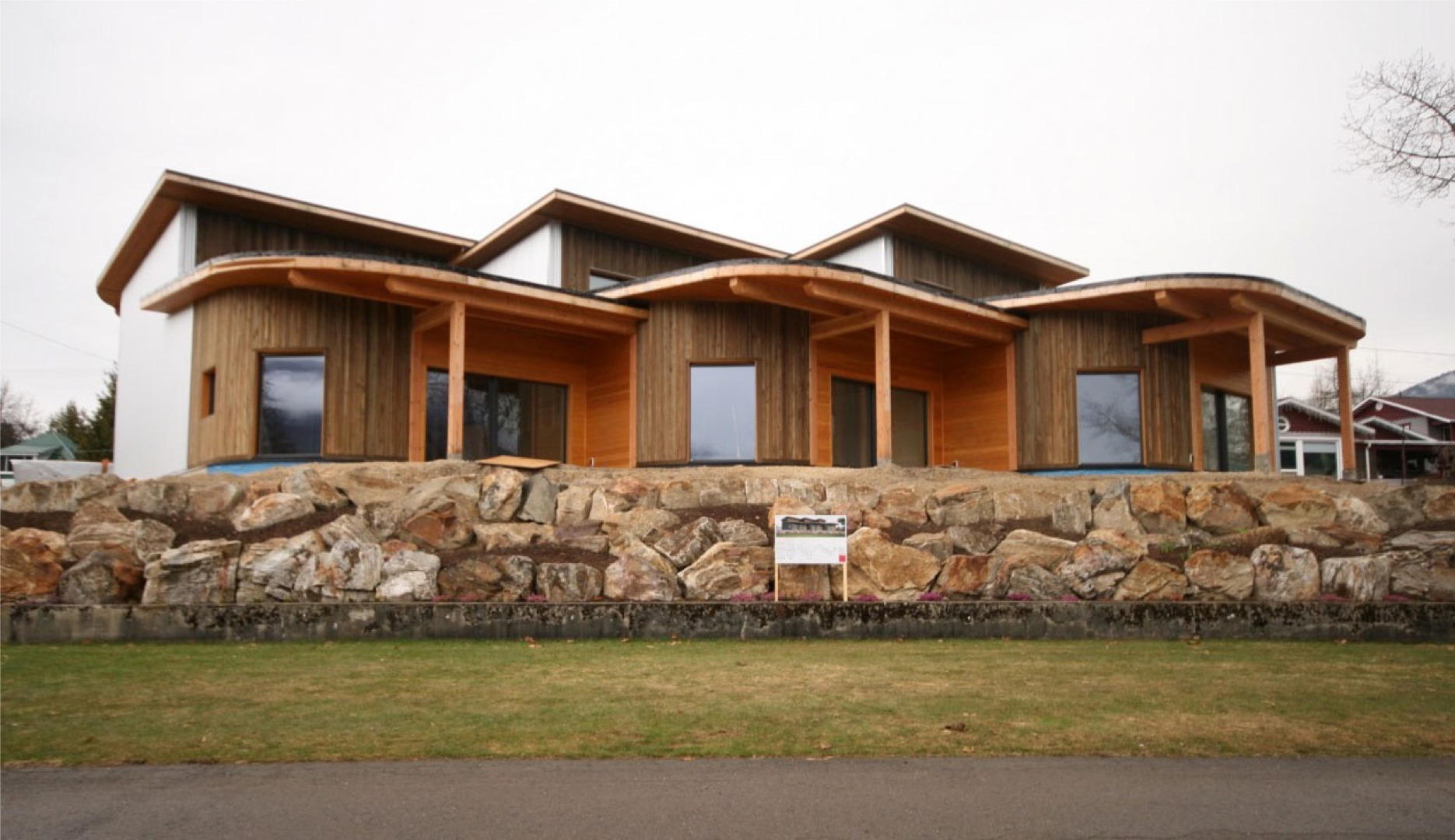
This residential building captures the beauty and simplicity of Passive House. Source: Cover Architects
First, let’s take a look at how buildings use energy. Believe it or not, the vast majority of energy usage in all buildings mainly come from five sources. By a huge margin, space heating uses the most amount of energy, followed by water heating, appliances, lighting, and space cooling. Contemporary space heating is fueled by natural gas, heating oil, electricity, wood, and the rest falls into the category “other”.
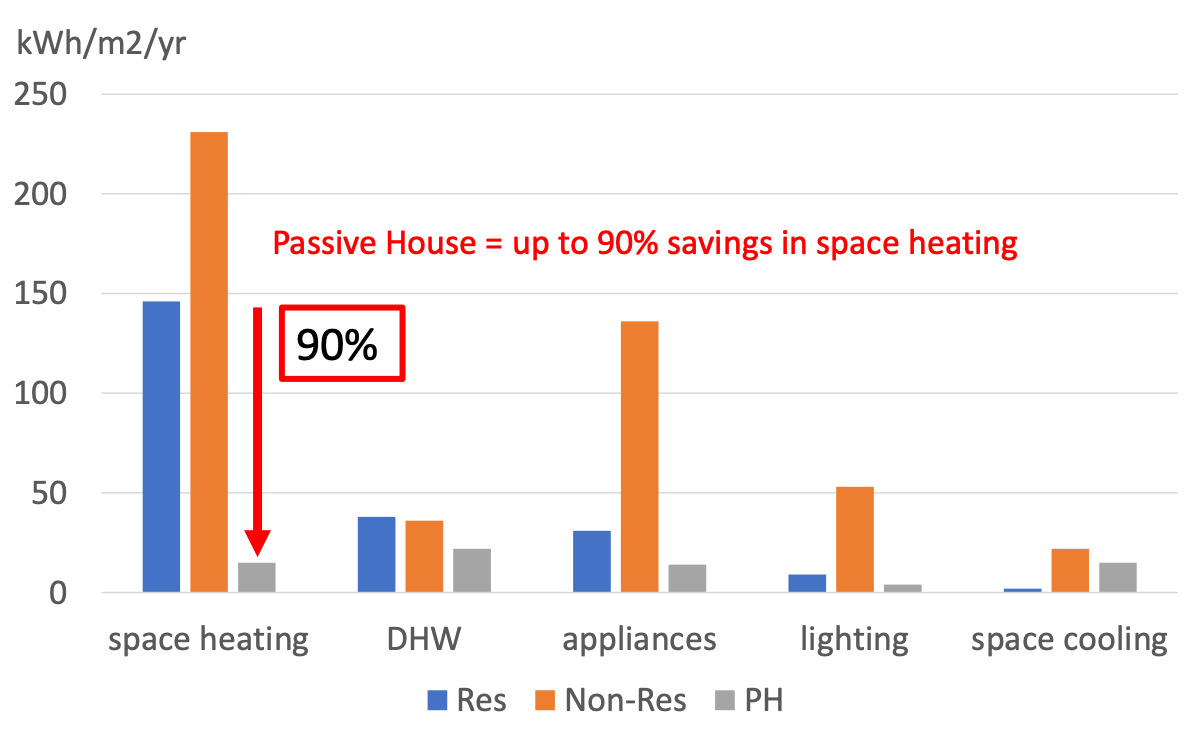
The resources used to heat spaces and water are not only costly, but take a toll on our environment as well. The five principles of Passivhaus, noted below, when combined with efficient and collaborative design, reduce heating requirements to the point where a traditional heating system is no longer required. Instead, a much smaller, more efficient Heat Recovery Ventilation (HRV) is used in combination with a smaller active heating system.
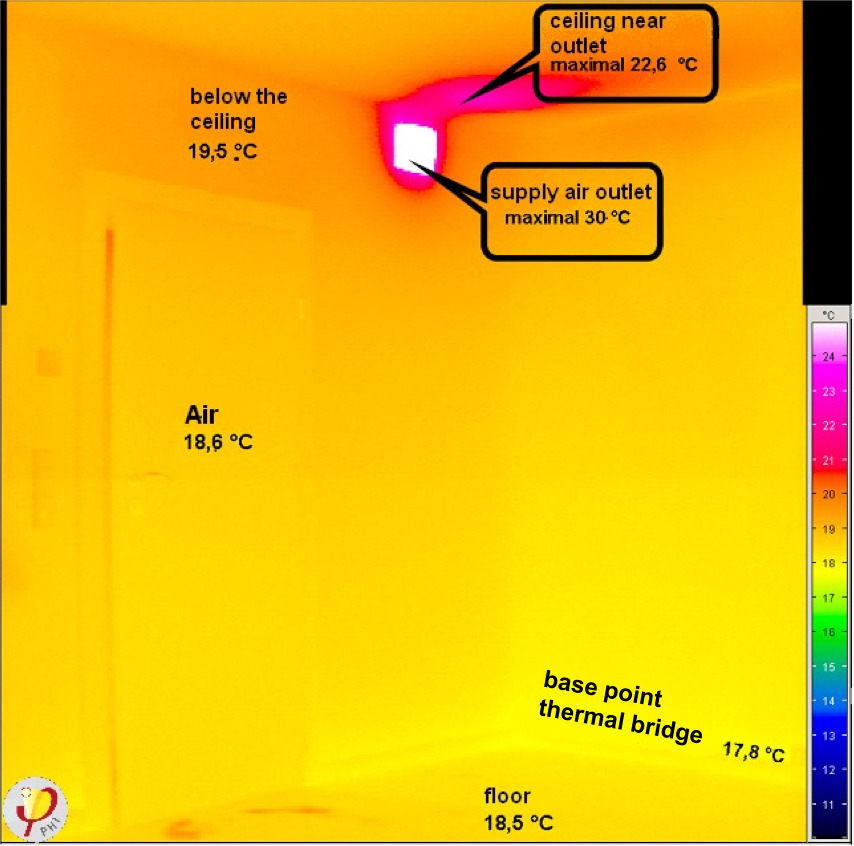
Heated fresh air is delivered to ensure comfortable, even temperatures throughout the house. Source: Passive House Institute
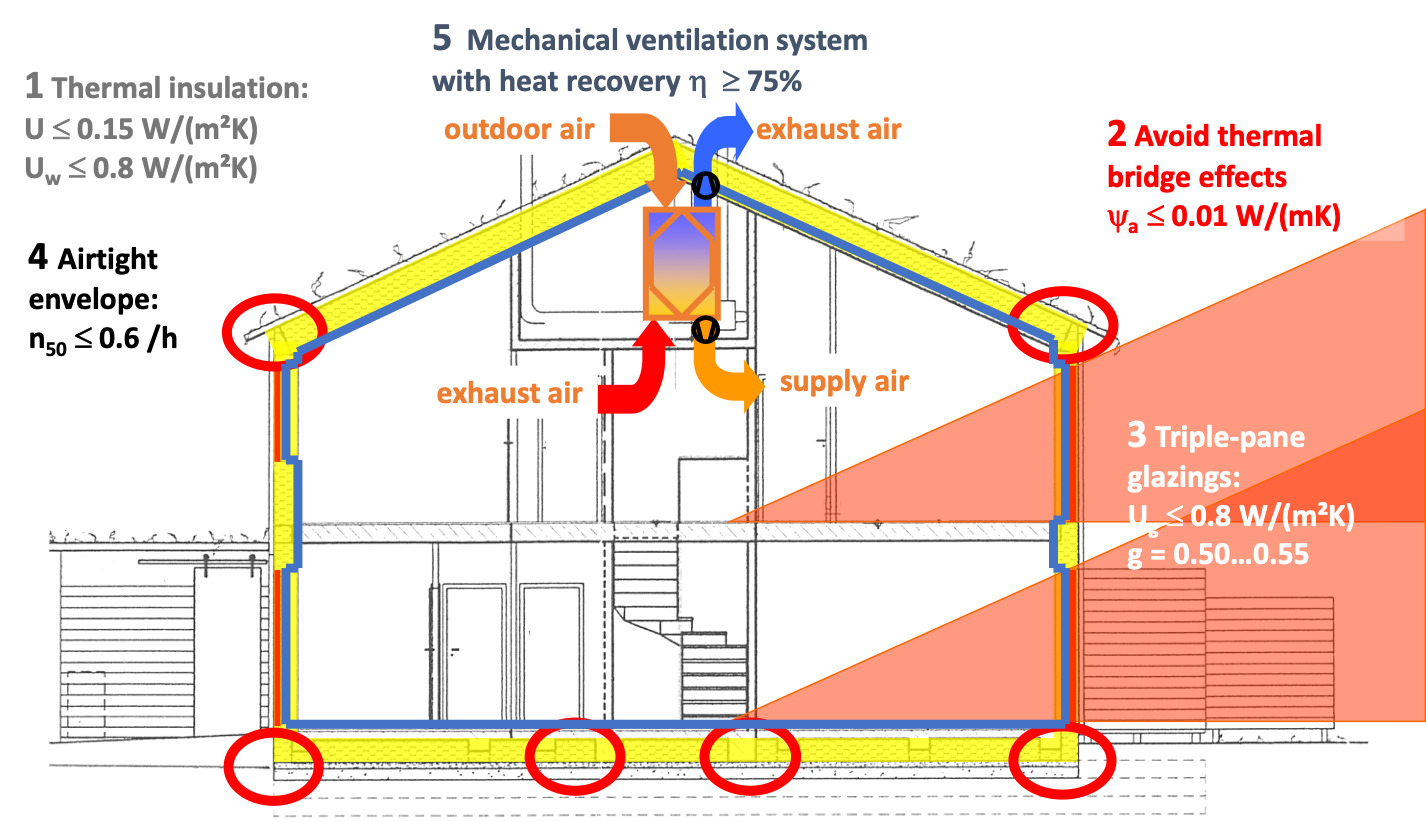
There are many quantitative and qualitative benefits of Passivhaus, including:
Extraordinary thermal comfort & high indoor air quality: Created by superior windows and the post-heating or post-cooling of the fresh air required to ensure high indoor air quality, and without re-circulated air. Additionally, consistent flow of fresh air means much less exposure to viruses, moisture (and therefore mold!) and pollutants.

CO2 levels in Passive House buildings are consistently below best practice targets for high indoor air quality. Source: Passive House Institute
Reduced Heating/Cooling Costs: All that’s needed to regulate the heating of indoor air is a simple Heat Recovery Ventilator (HRV) and some top up heating or cooling. The sun, body heat, and appliances do the rest. Without a dependence on natural gas, furnaces, and electric baseboards everywhere, the mechanical systems can be simplified and costs associated with them are eliminated.
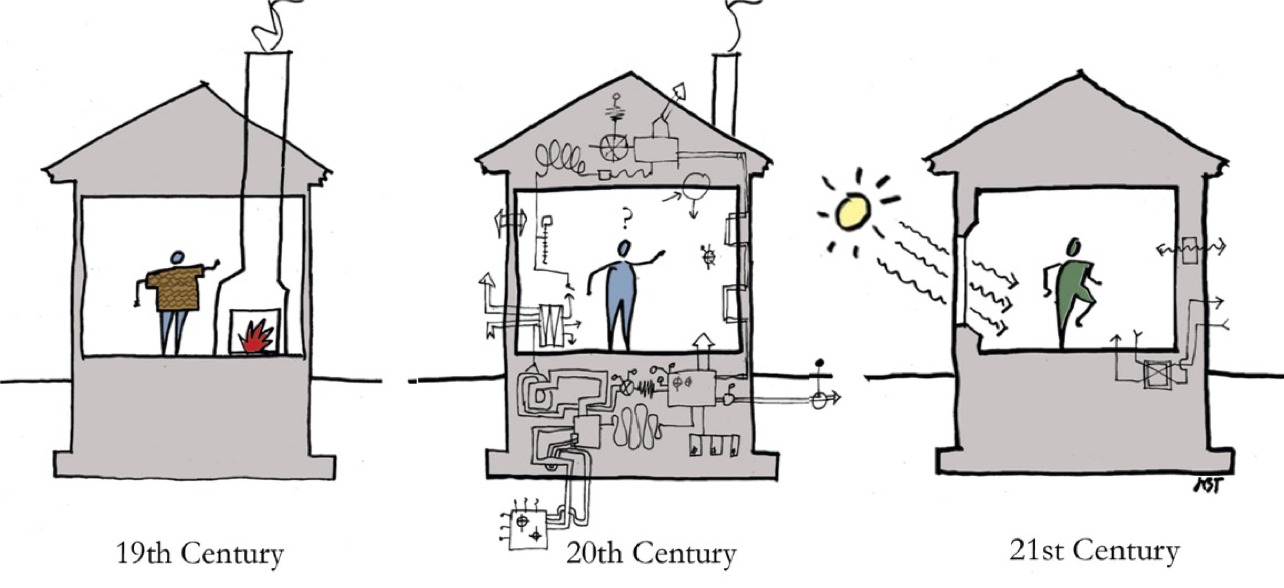
Very low carbon footprint: With an up to 75% reduction in carbon emissions, Passivhaus loves the planet, and the planet loves Passive House!
These are just a few of the benefits of Passivhaus. There are many, many more. [note, link to blog Why Everyone Loves Passive House]
What further sets Passivhaus apart from other “green” building standards is the rigorous third-party certification process, based on formal targets that must be achieved. Quality assurance is done throughout the Passivhaus build and a certificate is awarded on project completion. Certification is a critical part of the Passivhaus process, as it not only upholds the Passivhaus standards to a consistent, international standard, it signifies that the building itself (and the planet) will indeed reap the benefits of this incredible design methodology.
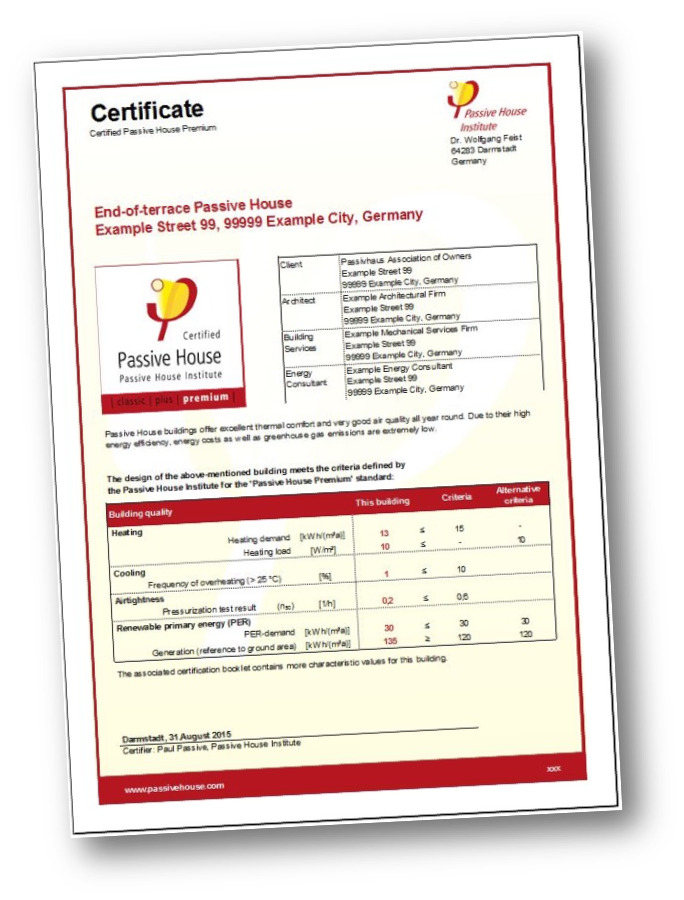
Over the past 30 years, Passivhaus has become the go-to standard for sustainable housing around the world, in all commonly habitable climates. Originating in Europe, it is quickly spreading to the far-reaches of the globe, from China to Canada. Because Passivhaus complies with diverse low carbon building codes that are coming into effect over the coming years, homeowners, builders, architects, and others in the building industry are embracing Passivhaus in rapidly growing numbers. And it’s easy to understand why, not only does it allow the building to easily comply with current and future code, it saves money, improves the quality of life, and reduces the negative impact on our environment.
